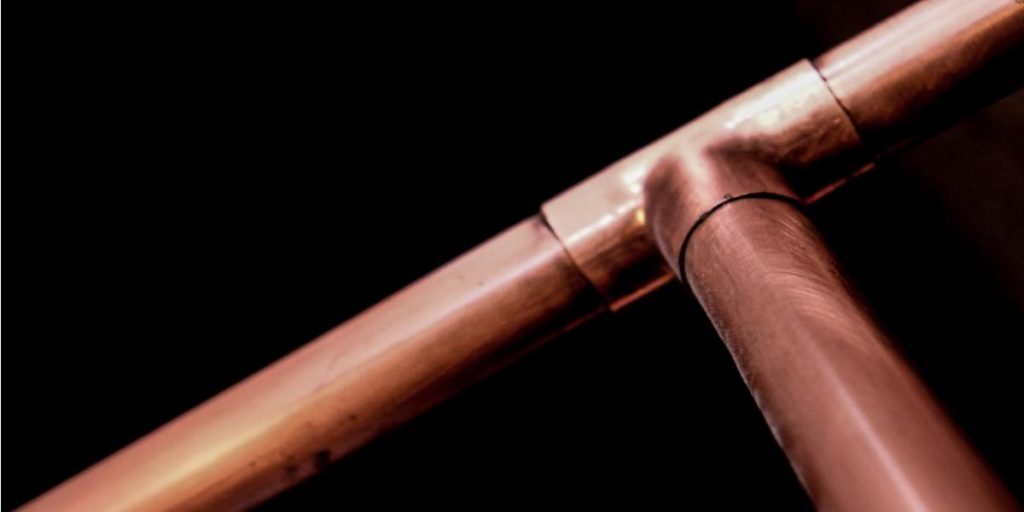Vapor Flow Pipe Sizing?

This topic is often discussed in the hobby community and can cause some confusion about what size Lyne Arm (vapor flow) piping to use on one’s pot still. The decision to use any particular size at the hobby scale is often determined by the individual budget of the enthusiast or the availability of materials needed.
At the hobby scale, the difference between a 1.5” and 2” pipe section for mass transfer is nearly imperceptible. However, the 2” piping will be approximately 10% to 15% more expensive than the 1.5”. Ok, so there is the cost consideration.
The more technical consideration is the implication that the smaller diameter piping can increase static pressure in the vapor flow process. And therefore, increase vapor speed enough that the system’s heat exchanger may not be able to optimally condense the resulting distillate.
If you can imagine holding your thumb on the end of a water hose to increase the speed with which the water is discharged from the end of the hose. In other words, an increase in vapor speed can prevent the product condenser from providing optimal heat exchange as vapor races past the cooling surface of the product condenser. Essentially, you are creating a condition that reduces the optimal amount of dwell time needed to adequately transfer heat into the cooling media in the shell of the product condenser.
And finally, there is the more artful notion that increasing static pressure can disrupt the distiller’s ability to perform an optimal cut by introducing less than optimal turbulence into the apparatus. Basically, disrupting the ability of a batch system to allow the lowest boiling point constituents to be drawn out of the apparatus prior to collecting the heart of the run. In other words, excessive static pressure can promote smearing. This is one of the reasons we see large copper helmets and large piping on what appears to be relatively small kettles at the pro distillery level. All in an effort to keep vapor speed low enough to provide optimal separation.
So now back to the original intent of this article. How do you determine what size piping is best?
At the hobby scale, any smaller than a 3/8” (10 mm) diameter puts you at risk for increased static pressure. More importantly, if you distill with solids in the kettle for whiskey production for example, you could risk a clog.
Clogging represents a catastrophic pressure build-up that could have life and death consequences you will be moving into dangerous territory for clogging. So, absolutely no ¼” diameters.
Anything on a hobby-sized pot still is fine from ¾” to 2”. Anything larger and you’ll simply be overspending with no real measurable benefit being applied to collection speed or quality of the finished spirit.
The larger systems at StillDragon are typically outfitted with the 2” vapor piping as we know our heat exchangers are designed well enough to provide adequate cooling capacity relative to the amount of heat input applied to the kettle. Therefore, 2” piping is more than adequate for your small recipe development or hobby still.
Learn more about Piping & Lyne Arms Here.